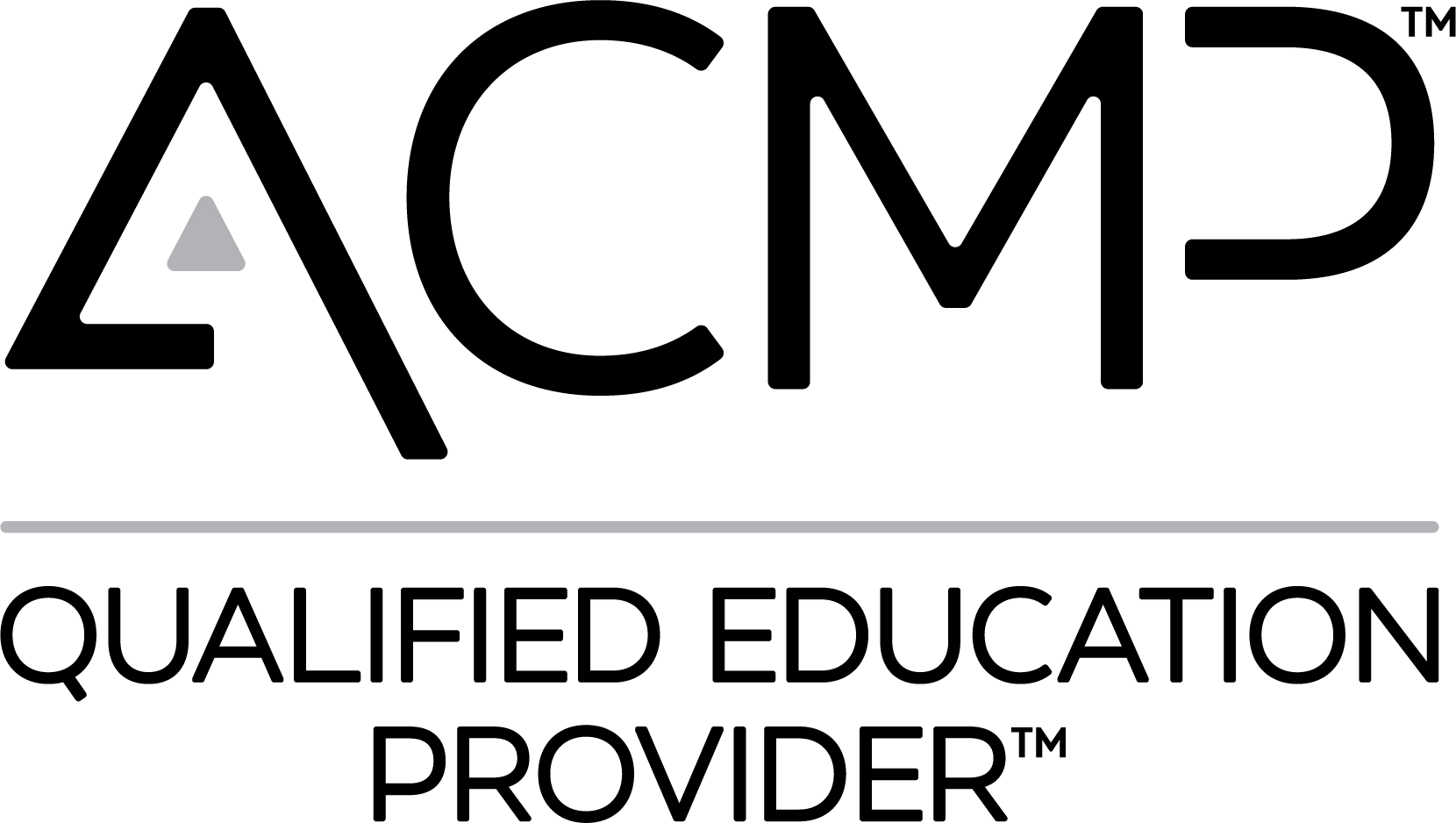Organizations today invest significant time and capital in leadership development, culture transformation, and change-readiness initiatives. Yet, even the most impactful learning moments—keynotes, workshops, immersive trainings—often dissipate within weeks.
Employees return to their desks, overwhelmed by day-to-day demands. The energy fades, and with it, the potential for lasting transformation.
This is not a failure of motivation or intent. It’s a reflection of how learning and behavioral change truly happen—and why one-time experiences, no matter how powerful, require more than inspiration to generate sustainable results.
Why Learning Fades & How to Stop It
Decades of cognitive psychology and neuroscience research underscore a core truth: learning doesn’t stick unless it’s revisited, applied, and emotionally connected. Without reinforcement, the “forgetting curve” sets in rapidly—especially in fast-paced, high-pressure work environments.
To build learning that lasts, organizations should consider three critical levers:
1. Cognitive Strategy: Move from Passive to Active Engagement
Techniques such as active retrieval, spaced repetition, and interleaving strengthen memory and understanding. When learners are prompted to recall and apply information—rather than merely reviewing it—they build stronger neural connections. Similarly, returning to material across intervals (rather than cramming) increases long-term retention, while interleaving topics (versus isolating them) helps employees transfer knowledge across functions and challenges.
These principles are especially critical when training focuses on power skills like emotional intelligence, resilience, or change leadership—areas where conceptual understanding must be converted into habitual action.
2. Emotional Anchoring: Make It Relevant and Felt
Research also shows that emotionally charged learning is more likely to endure. Storytelling, connection to personal or professional stakes, and a clear understanding of why change matters at both the organizational and individual level creates deeper cognitive imprinting.
This is a foundational element of the Change Enthusiasm® methodology. We teach that emotional responses—particularly those triggered by change, such as anxiety or frustration—are not disruptions to learning, but rather accelerants when acknowledged and understood. Emotion, when integrated effectively, becomes a gateway to growth.
3. Ongoing Support: Learning Begins When the Session Ends
Perhaps the most overlooked component of durable learning is continued support after the learning event. The energy in the room may be palpable during a keynote. The mindset shift may be real during a two-day training. But it’s the weeks that follow—when tension resurfaces, when ambiguity returns—where true transformation is tested.
Support mechanisms such as structured coaching, whether individual or group-based, are instrumental in bridging the gap between insight and sustained behavioral change. At Change Enthusiasm Global, coaching is not positioned as an add-on—it is a strategic continuation of the learning journey.
Taking a Diverse Approach to Coaching
Our coaches bring a distinctive capability: they are not only highly experienced in professional coaching, but also deeply trained in the Change Enthusiasm® approach. This dual expertise—practical coaching skill alongside fluency in our proprietary methodologies—allows them to support leaders in navigating both the emotional and operational demands of change.
While many of our coaches hold professional certifications such as ICF, what truly distinguishes them is their ability to guide clients in applying new ways of thinking in real time, under pressure, and at scale.
A Real World Example
This approach has proven especially effective in high-stakes environments. In one recent example, during a multibillion-dollar acquisition, we partnered with a major consumer brand to provide sustained coaching over several months. Coaching began before the acquisition closed and extended through the early stages of integration—precisely when uncertainty peaks and decision fatigue is most acute. The result was not only higher engagement from leadership but a clearer path to embedding the change at all levels of the business.
Sustained Change Requires More Than Great Content
Ultimately, the question is not whether employees can be inspired. The real question is: What happens after the inspiration fades?
When organizations embrace a learning model that is cognitively sound, emotionally attuned, and structurally supported, they position their people—and their change initiatives—for far greater success.
And when that model is paired with intentional leadership coaching that brings methodology into practice, not just theory, learning ceases to be a moment—and becomes a movement.
Ready to build a change-ready culture that lasts?
Let’s get started. Contact us to learn more.
MORE
INSIGHTS
What To Do When You Get Laid Off: A Change Enthusiasm Guide
Getting laid off can feel devastating, but it doesn’t define your worth. Learn how to process the emotional impact, regain clarity, and move forward with five powerful self-guiding questions rooted in the Change Enthusiasm® mindset.
How to Navigate Constantly Changing Priorities at Work
Set Intentions, Not Destinations By Change Enthusiasm Global In today’s workplace, one thing is certain: priorities will shift-often without warning. Whether you work in healthcare, tech, retail, finance, or manufacturing, the expectation to rapidly pivot has become part of the modern professional experience. But here’s the truth that most organizations overlook: Frequent priority changes aren’t … Read more
How Leaders Influence Change: From Executive Sponsor to Executive Example
Leadership doesn’t just direct change—it signals it. Learn how to move beyond executive sponsorship into executive example, and use three influence tools (verbal, non-verbal, and actions) to enroll your entire organization in transformation.










